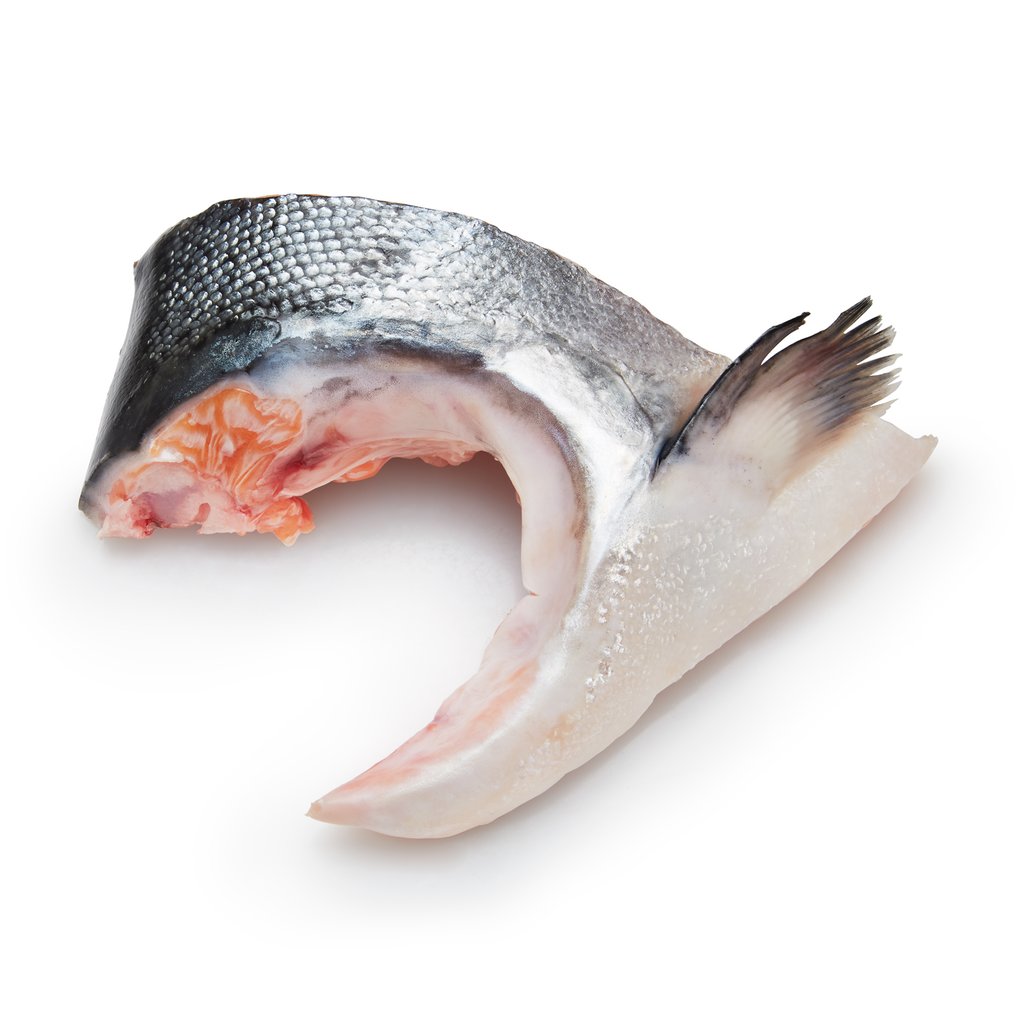Wild Alaskan Sockeye Salmon Collar
฿~199฿99 per
The collar is between the head and the body of the wild salmon, and is perfect for soups and making broth. Unfolded it also makes for a great 'butterfly' steak. Fished from Alaska’s natural, pristine environment, Wild Sockeye Salmon captures their superior flavor, color and texture from the cold, clean waters of the North Pacific. Wild Sockeye Salmon’s rich, distinctive flavor is revealed in the moistness of its firm, pink, flesh. A favorite among many due to its tender texture and moderately bold taste, Wild Sockeye Salmon is a smart and healthy protein alternative. ---- Why are all of our fish wild-caught from rivers and oceans? Salmon are carnivores and feed on shrimp and krill as well as little sea creatures called plankton and zooplankton. This is the natural diet of a wild salmon. Salmon and other types of fish that raised in fish-farms are not on a carnivorous diet since it is too costly and therefore not very profitable for the farmers. Fish that are raised in farms are given food pellets made from soybeans and corn that also has antibiotics added to the food to reduce the outbreak of diseases like parasitic sea lice (https://www.journals.uchicago.edu/doi/abs/10.1086/691981) In 2011 it was estimated that $436 million worth of farmed salmon in Norway was inedible due to parasitic sea lice breakouts in farmed fisheries (https://www.journals.uchicago.edu/doi/abs/10.1086/691981), which is still an ongoing issue in 2019. When we mention our salmon is wild-caught from Alaska, we want our tribe members to know that they need not worry whether there's antibiotics or any other added toxins in our salmon. It's important to note that mercury and polychlorinated biphenyls (PCBs) are found in both farm-raised and wild-caught seafood due to industrial pollution that finds its way into lakes, rivers, and oceans. However, studies show that there are 8x fewer PCBs in wild-caught fish than their farmed siblings (https://www.health.harvard.edu/staying-healthy/getting-your-omega-3s-vs-avoiding-those-pcbsthe-family-healthguide). Large predatory fish that live 10+ years tend to build up more mercury as they age. The life expectancy of wild salmon is anywhere from 2-8 years and as they feed on small fish, their mercury levels are much lower. We have tested our wild-salmon for mercury and we are happy to say our wild-sockeye salmon contain less than 0.000041g/kg. We have also listed a neat chart that lists which fish have a lower mercury rate compared to others. https://paleorobbie.com/page/MercuryWildCaughtFish Sockeye salmon is one of the lowest mercury fish available. Finally, wild-caught salmon tastes much better and has a better texture than farmed.

